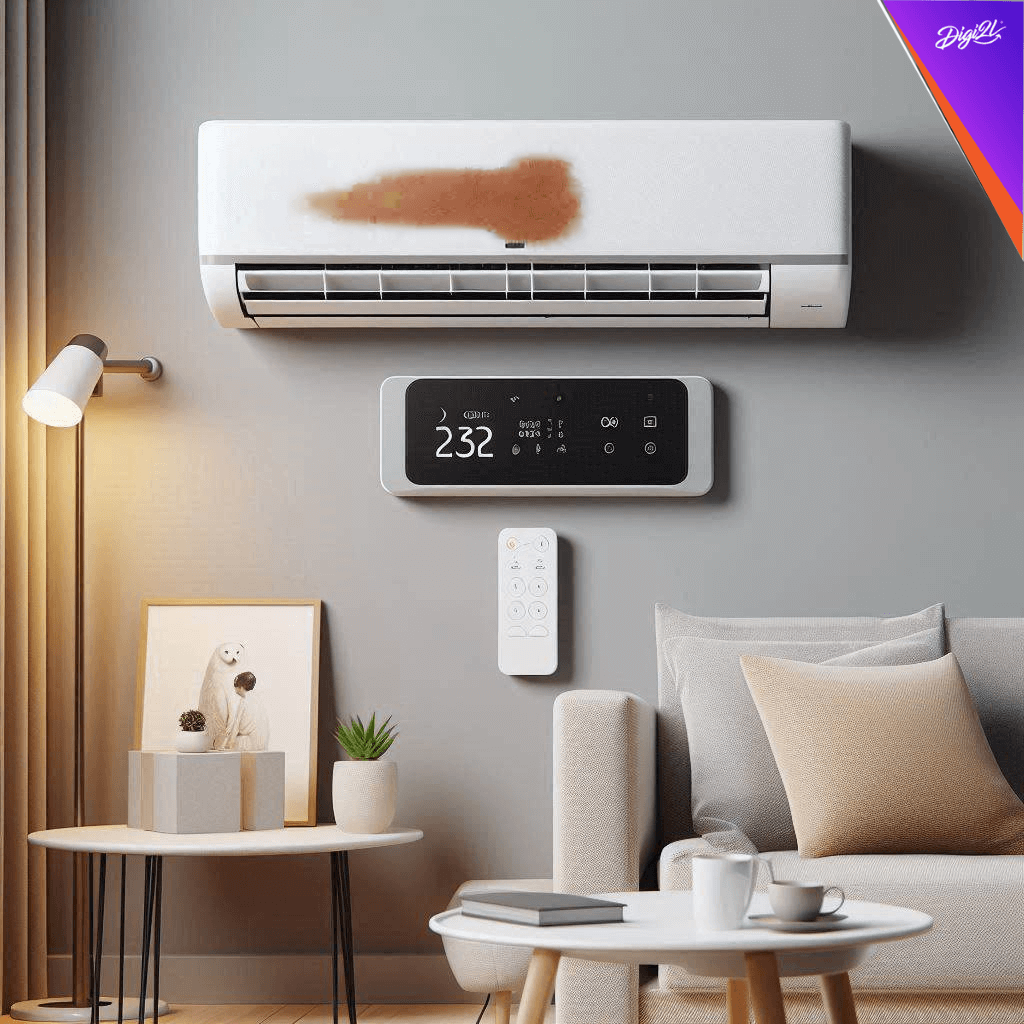
Please Wait ...


Blogs> Demystifying How Home Appliances Run on Electricity: Understanding Current, Voltage, Power, and Energy

In the modern world, our lives are intricately woven with home appliances that have become integral to our daily routines. From the comforting hum of the refrigerator to the soothing hum of the washing machine, these devices rely on one fundamental force: electricity. Have you ever wondered what exactly these appliances “take” from the electric supply? Let’s unravel the intricacies of current, voltage, power, and energy to understand how our home appliances truly operate.
The Building Blocks: Current and Voltage
When we plug in an appliance, we initiate a dance of charged particles within the circuits. This dance is governed by two vital concepts: current and voltage.
Current: Imagine current as the flow of electric charge. It’s the movement of electrons through a conductor, akin to water flowing in a river. Current is measured in amperes (A), and it signifies the quantity of charge passing through a point in a circuit per unit of time.
Voltage: Voltage is like the driving force behind the current. It’s the electric potential difference that pushes the electrons to move. Think of it as the inclination of a hill that propels water downstream. Voltage is measured in volts (V) and represents the energy carried by each unit of charge.
Together, current and voltage dictate how electricity flows through a circuit, powering our appliances.
Unveiling Power and Energy
Now that we’ve laid the foundation with current and voltage, let’s introduce power and energy into the equation.
Power: Power is the rate at which energy is consumed or produced. In the context of home appliances, it’s the amount of energy used per unit of time. Power is the product of current and voltage, and it’s measured in watts (W). When you turn on an appliance, you’re essentially allowing a specific rate of energy consumption.
Energy: Energy, on the other hand, is the cumulative result of power consumption over time. It’s the total amount of work done or energy transferred. Energy is measured in watt-hours (Wh) or kilowatt-hours (kWh), which signifies the power used over a specific duration.
Putting it All Together
Imagine your trusty microwave oven. When you turn it on, it draws a certain amount of current (amperes) and voltage (volts) from the electrical outlet. This combination of current and voltage determines the power (watts) the microwave requires to heat your food. The longer the microwave operates, the more energy (watt-hours) it consumes.
In essence, our home appliances are a symphony of these electrical parameters – current, voltage, power, and energy. They work together to deliver the conveniences we’ve come to rely on.
The next time you marvel at the technology that powers your everyday appliances, remember the intricate interplay between current, voltage, power, and energy. From the simple light bulb to the complex washing machine, these concepts unite to keep our lives running smoothly. So, the next time you switch on your favorite appliance, you’ll appreciate the symphony of electricity that’s at play behind the scenes.
Image by bearfotos on Freepik

By Digi2L - June 8, 2024

By Digi2L - June 7, 2024

By Digi2L - June 6, 2024